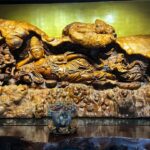Guoqing Temple, located in Taizhou, Zhejiang Province, is an ancient temple dating back to the Sui Dynasty. It has been praised as “The Most Beautiful Temple in China” and is considered the most generous 5A scenic spot in the country.
Whether you come for sightseeing or to burn incense, Guoqing Temple is definitely a refreshing experience. If you’re hesitating between work and visiting the temple, just come here, and you won’t be disappointed!
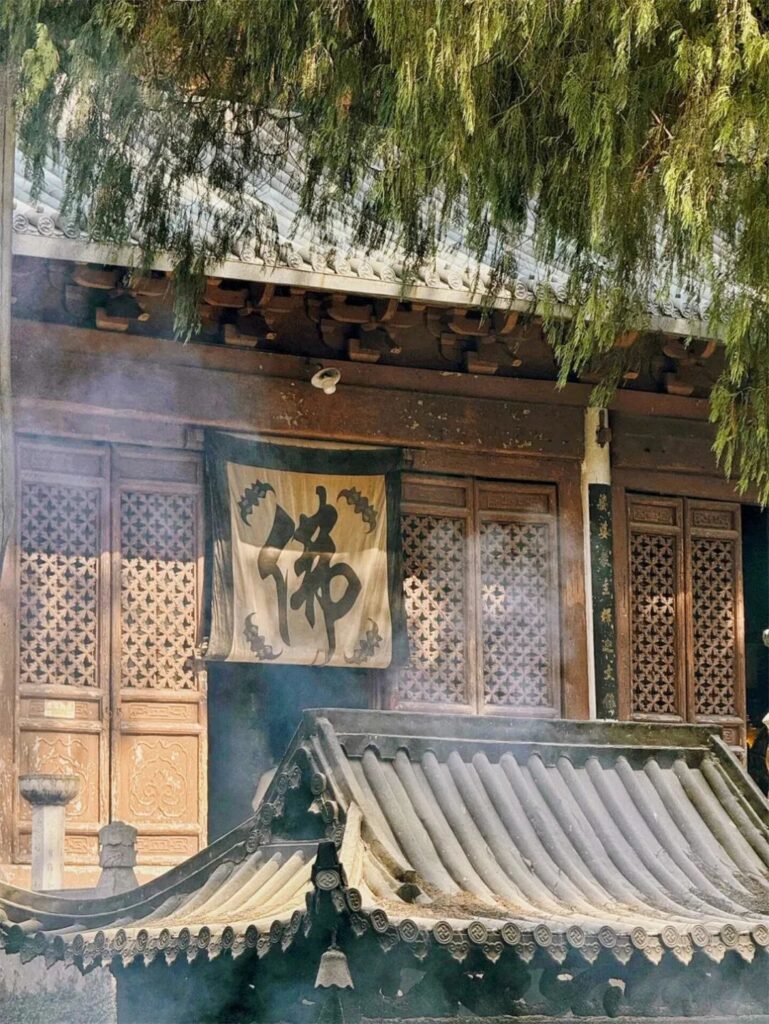
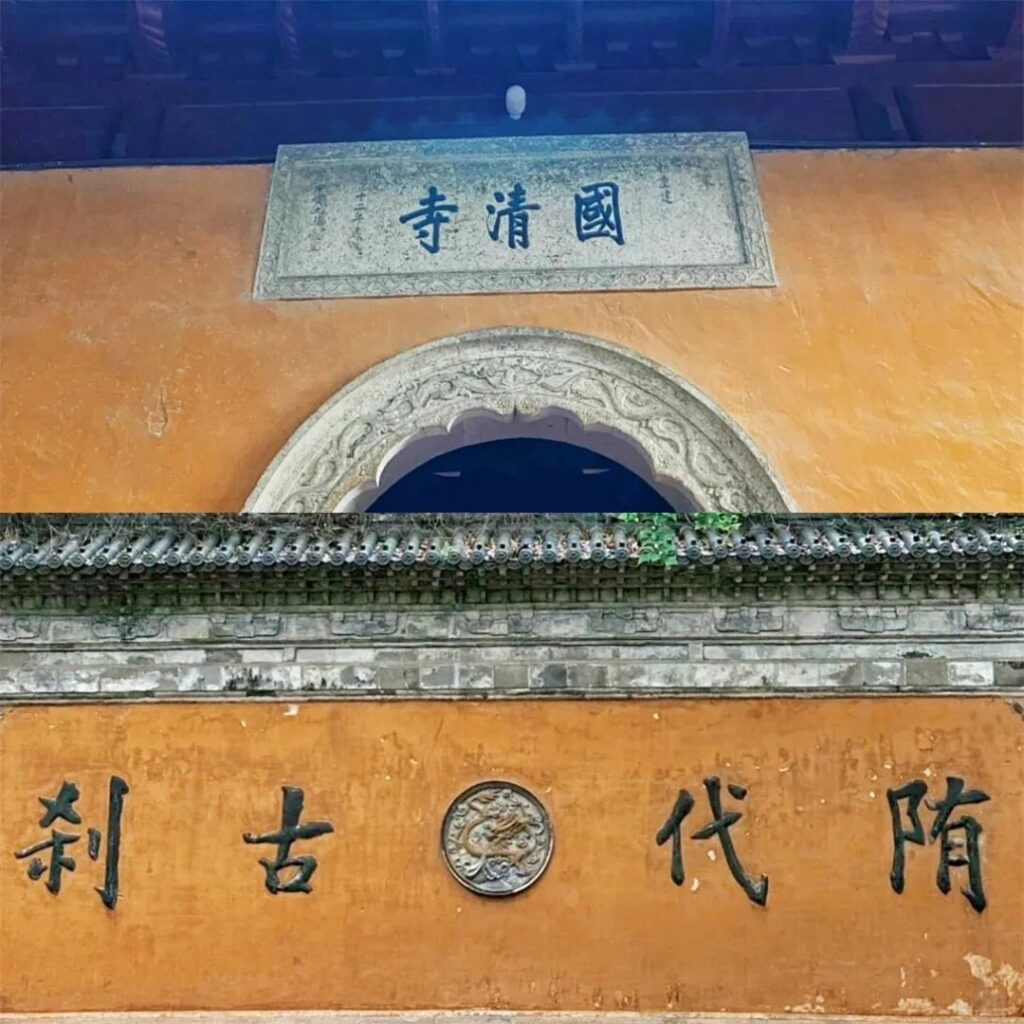
Parking Information 🅿️
On non-holidays:
- Navigate to Guoqing Huamaidi Parking Lot (just outside the Guoqing Temple entrance)
- Or park at Tiantai Hotel (inside the Guoqing Temple entrance)
I personally recommend parking at the Huamaidi Parking Lot, so you can walk through the Guoqing Temple entrance and enjoy the popular wheat fields along the way, experiencing the tranquility of the ancient temple.

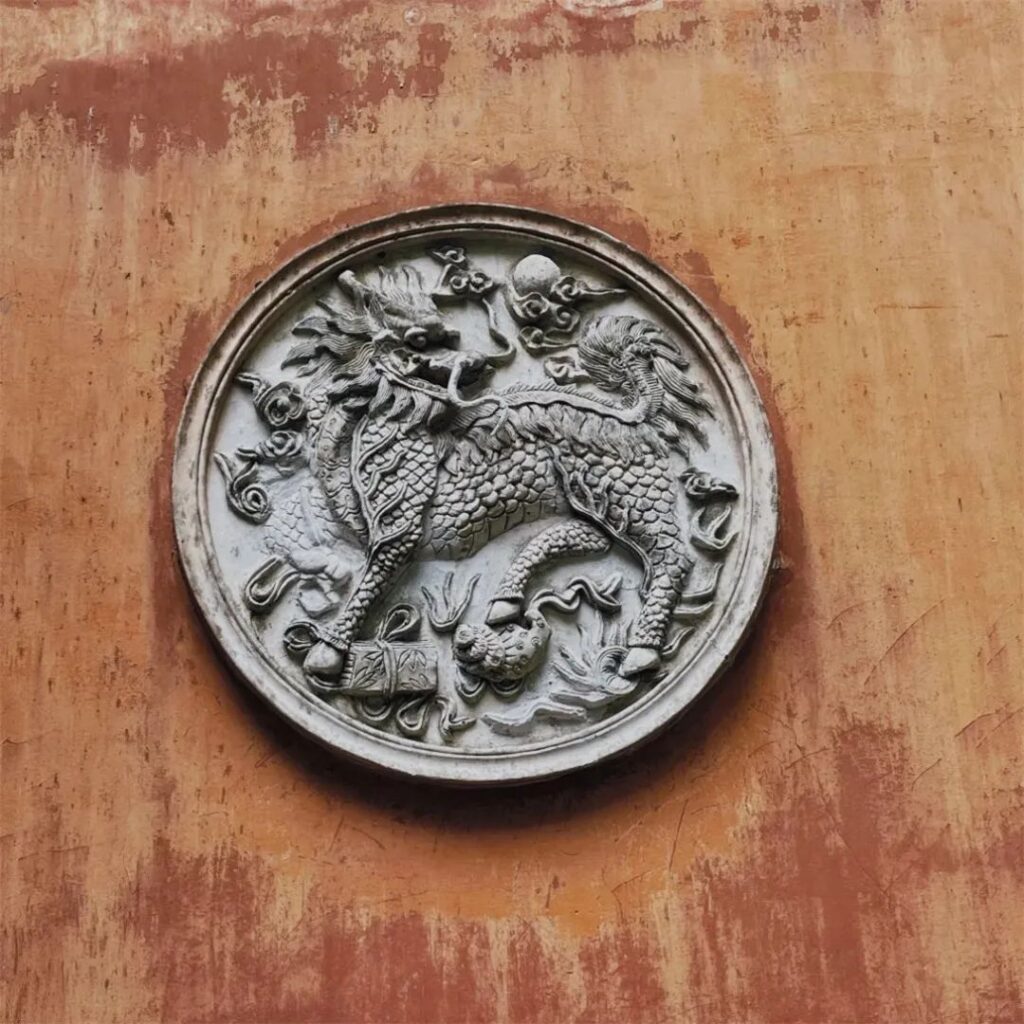
- Opening Hours: 07:00-16:00
- Ticket: Free (no reservation required)
- Accommodation is ¥25, but priority is given to believers, so reservations may be difficult.
Tour Route
Before entering the temple: Sui Pagoda ➡️ Yixing Monk Tower ➡️ Seven Buddha Pagoda ➡️ Hanshi Pavilion ➡️ Jiaoguan Zongchi ➡️ Fenggan Bridge ➡️ Five Peaks Embracing ➡️ Double Springs Converging ➡️ Yixing Arrives Here, Water Flows West Stele
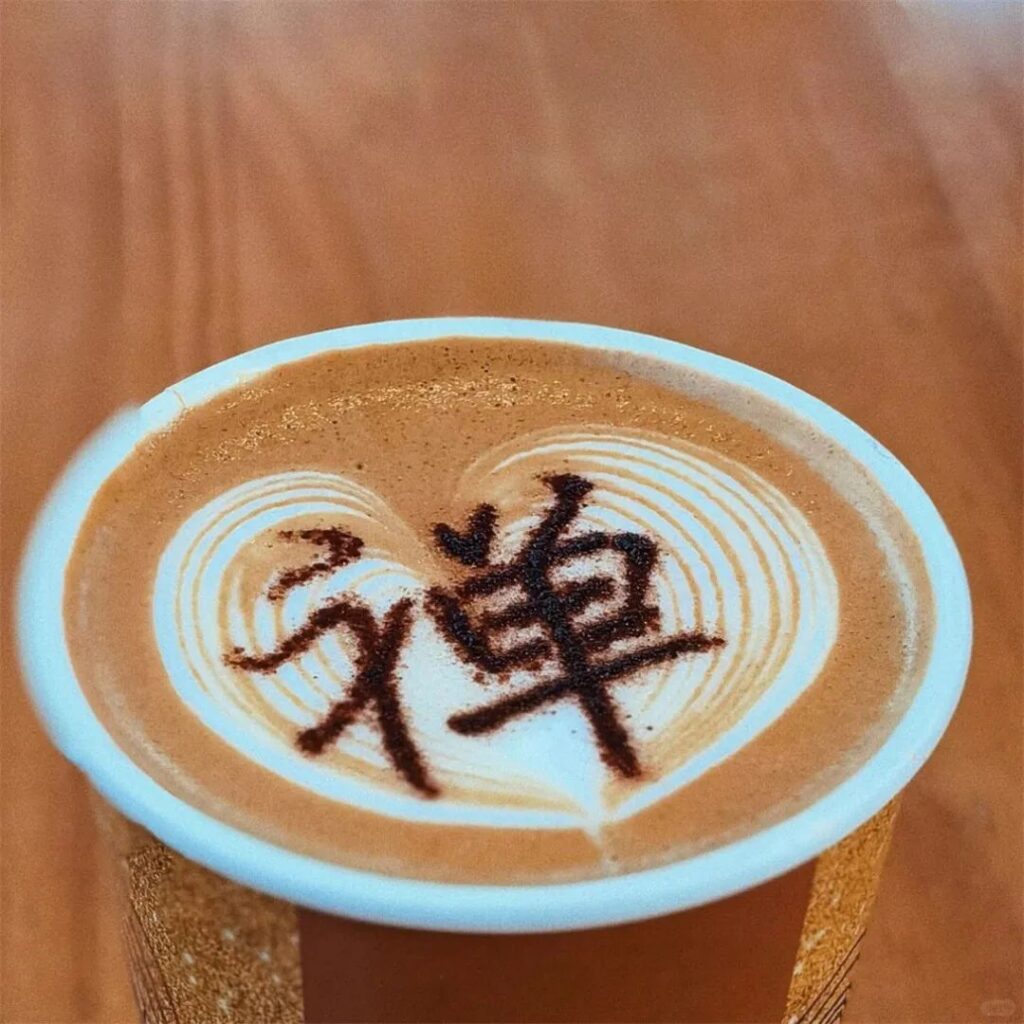
Inside the temple: Mountain Gate ➡️ Maitreya Hall ➡️ Bell and Drum Towers ➡️ Yuhua Hall ➡️ Mahavira Hall ➡️ Sui Plum ➡️ Medicine Buddha Hall (next to it are the Xichan Spring and Faruqianqiu Pavilion, which you can visit if interested) ➡️ Guanyin Hall ➡️ Zhizhe Great Master Hall ➡️ Korea-China Patriarch Memorial Hall
Follow the central axis all the way up, with Guanyin Hall at the highest point, and Zhizhe Great Master Hall and Korea-China Patriarch Memorial Hall side by side

Touring from top to bottom: Lotus Sutra Pillar ➡️ Three Sages Hall ➡️ Miaofa Hall ➡️ Cultural Relics Room ➡️ Arhat Hall ➡️ Garan Hall ➡️ Three Saints Hall ➡️ Single Brush Goose Character Stele ➡️ Fish Playground
The entire Guoqing Temple is a garden-style architecture with interconnected paths, so you can visit everything even if you don’t follow the order
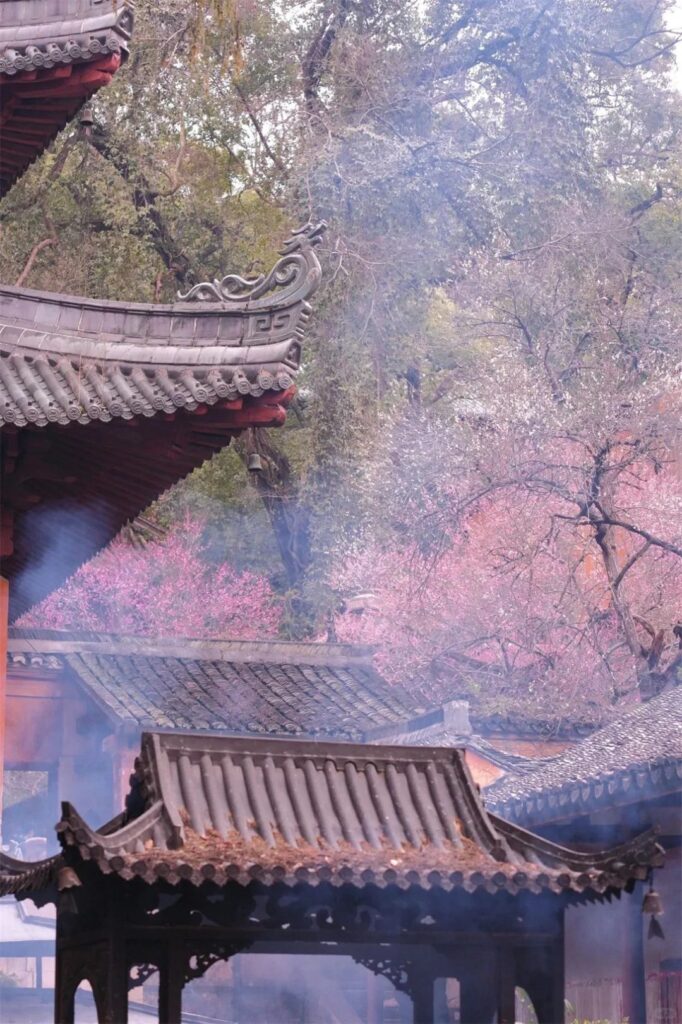
Must-See National Treasures
Sui Pagoda (Sui and Song Dynasties)
The Guoqing Temple Pagoda, commonly known as the Sui Pagoda, is a hollow, multi-storied brick and wood structure. Many cultural relics are still preserved inside the pagoda. Friends interested in history can look for the book “Is the Sui Pagoda an Original Sui Dynasty Artifact?”. 📍 This pagoda is located on the hillside outside the Guoqing Temple entrance.
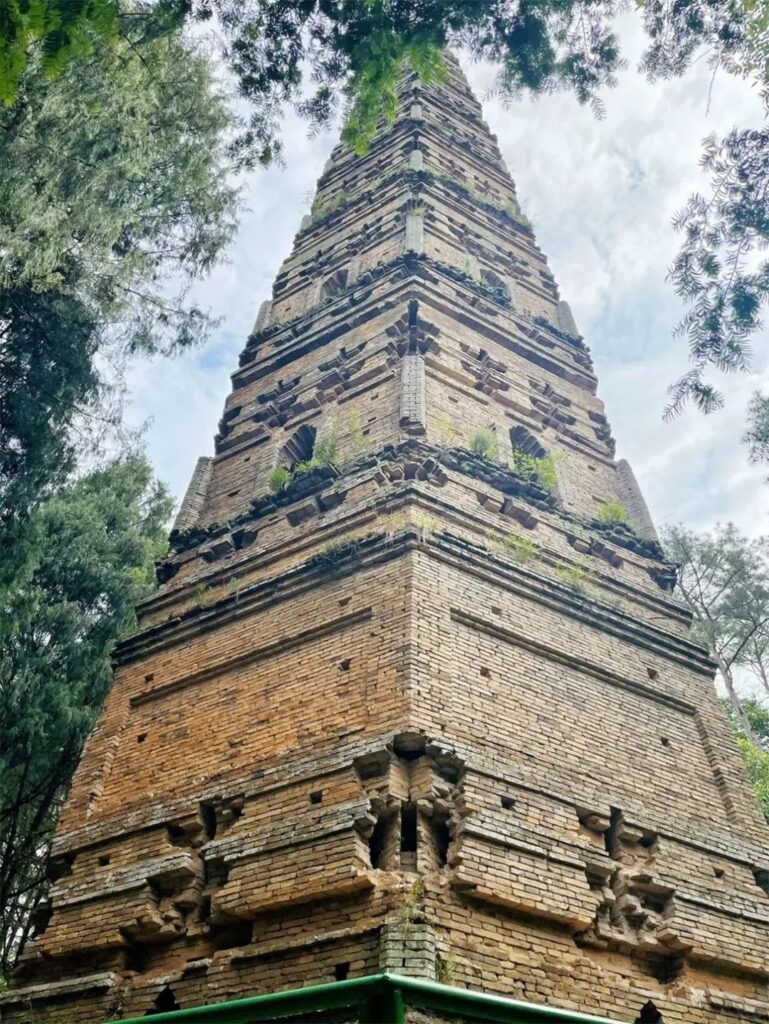
Seven Buddha Pagoda (Contemporary)
This pagoda was built to commemorate the “Seven Buddhas of the Past”. The original old pagoda no longer exists, and the current Seven Buddha Pagoda is a solid pagoda built in 1973. The previous old pagoda was hollow. Japanese scholars once came to Tiantai specifically to find this Seven Buddha Pagoda because it is very similar to the Kokutō Pagoda in Japan, which also proves the influence of Guoqing Temple. 📍 The Seven Buddha Pagoda is located in front of the Guoqing Temple entrance.
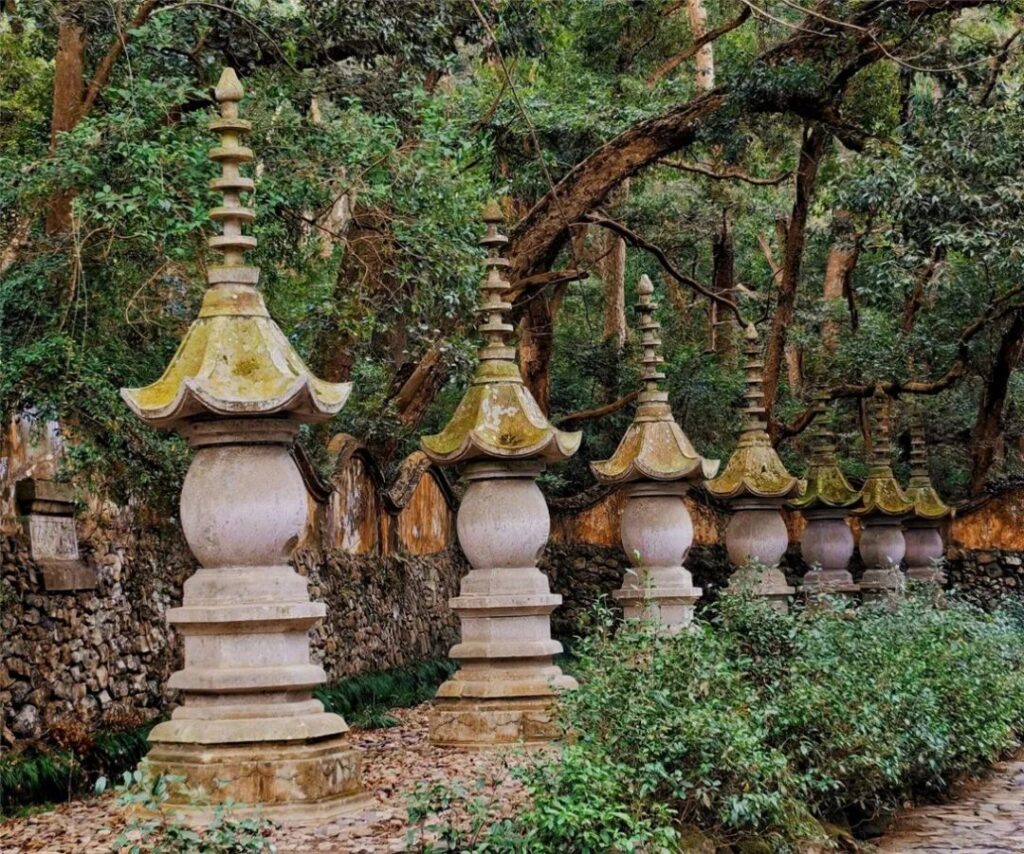
Fenggan Bridge (Qing Dynasty)
This bridge was originally named “Wufeng Shuangjian Bridge”. County records show that it was built in the third year of the Song Dynasty’s Jingde era (1006 AD), but based on historical data, its age can be traced back to the Sui Dynasty. You can still touch the stone slabs from the Qing Dynasty reconstruction. Friends interested in historical architecture can read the book “The Underestimated Stone Arch Bridge, See You Next Time”. 📍 Fenggan Bridge is located in front of the Guoqing Temple screen wall.
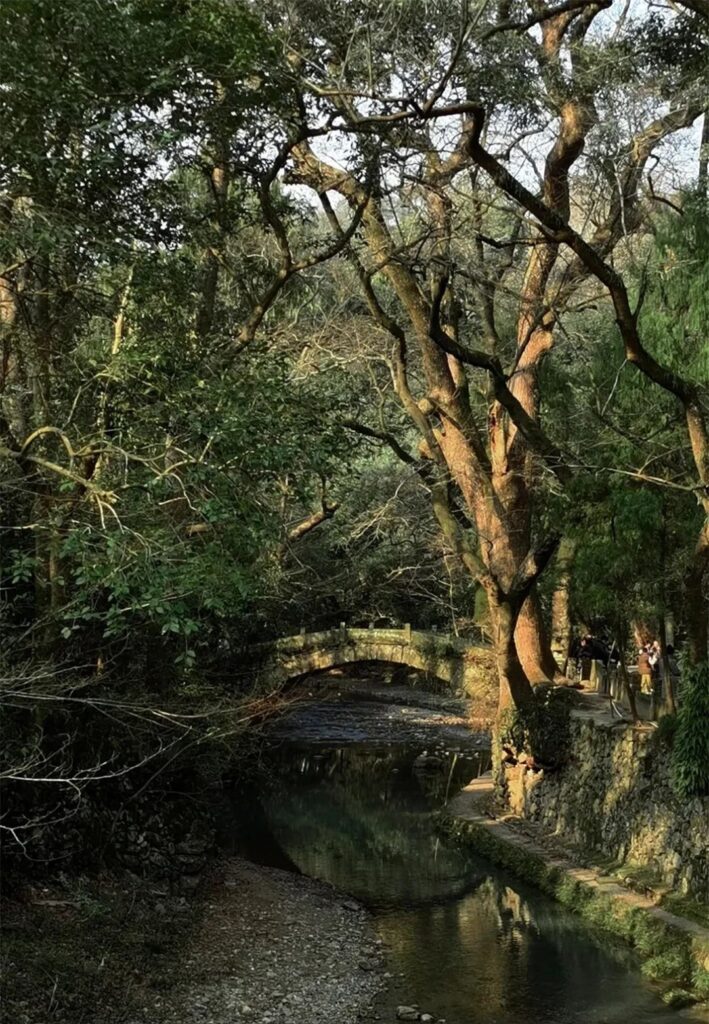
White Marble Lions (Qing Dynasty)
When Tanaka Kakuei first visited China, he proposed to come to Guoqing Temple. Zhou Enlai personally approved the selection and sending of 95 cultural relics from Beijing to Guoqing Temple, and this pair of white marble stone lions is one of them. 📍 You can see them in front of the Mountain Gate Hall.
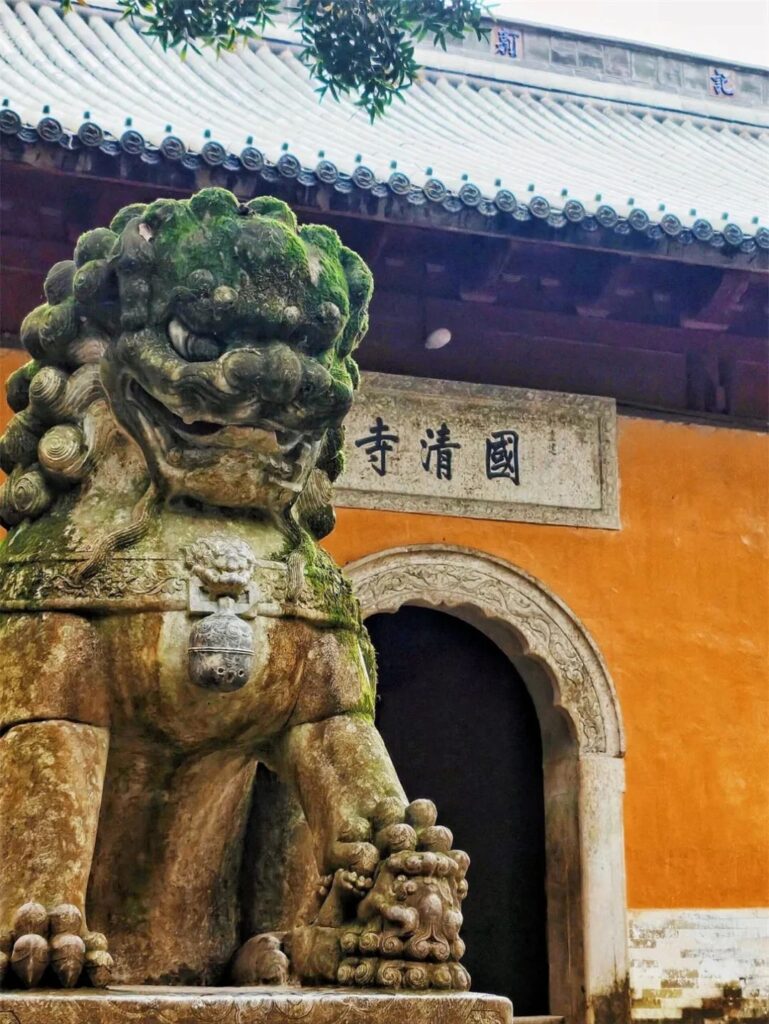
“Shengshou Wujiang” Bronze Cauldron
This bronze cauldron came from the Forbidden City in Beijing and is one of the 95 cultural relics. It was cast during the Qianlong period, and the four characters “Shengshou Wujiang” are engraved on the cauldron. 📍 You can see it in front of the Mahavira Hall.
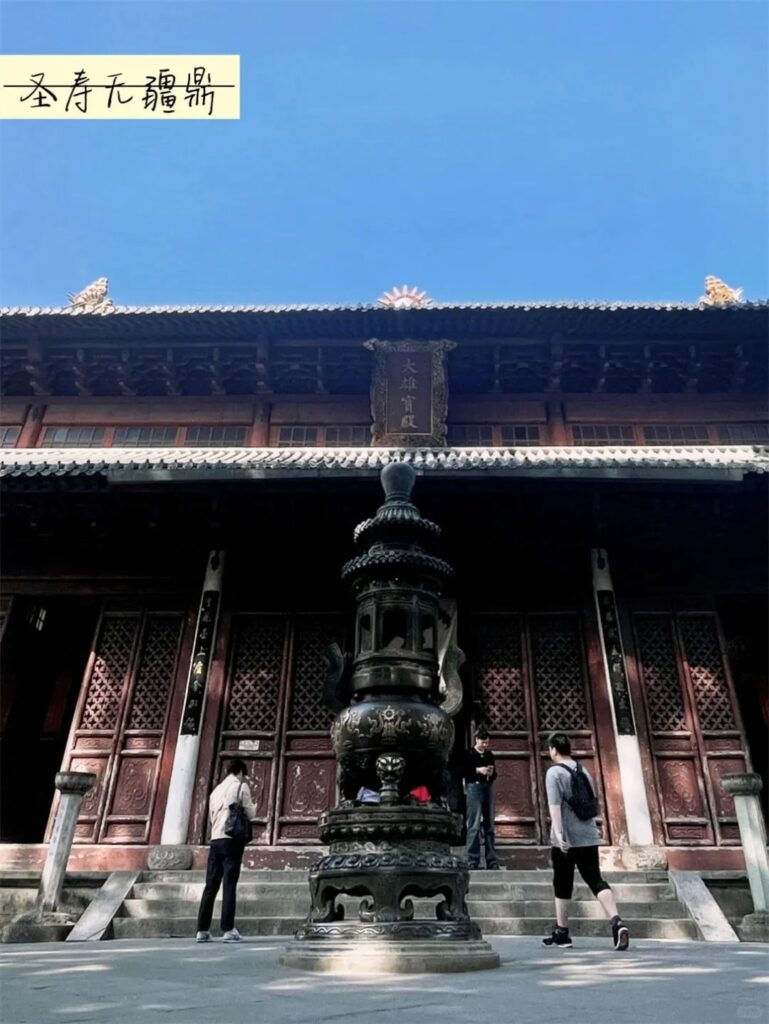
Sakyamuni Buddha Bronze Statue (Qing Dynasty) and Eighteen Arhats Wooden Carvings (Yuan Dynasty)
The Sakyamuni Buddha bronze statue from the Qing Dynasty is enshrined in the Mahavira Hall, flanked by the eighteen arhats’ Yuan Dynasty camphor wood carvings, which are also among the 95 cultural relics. 📍 They can be seen inside the Mahavira Hall.
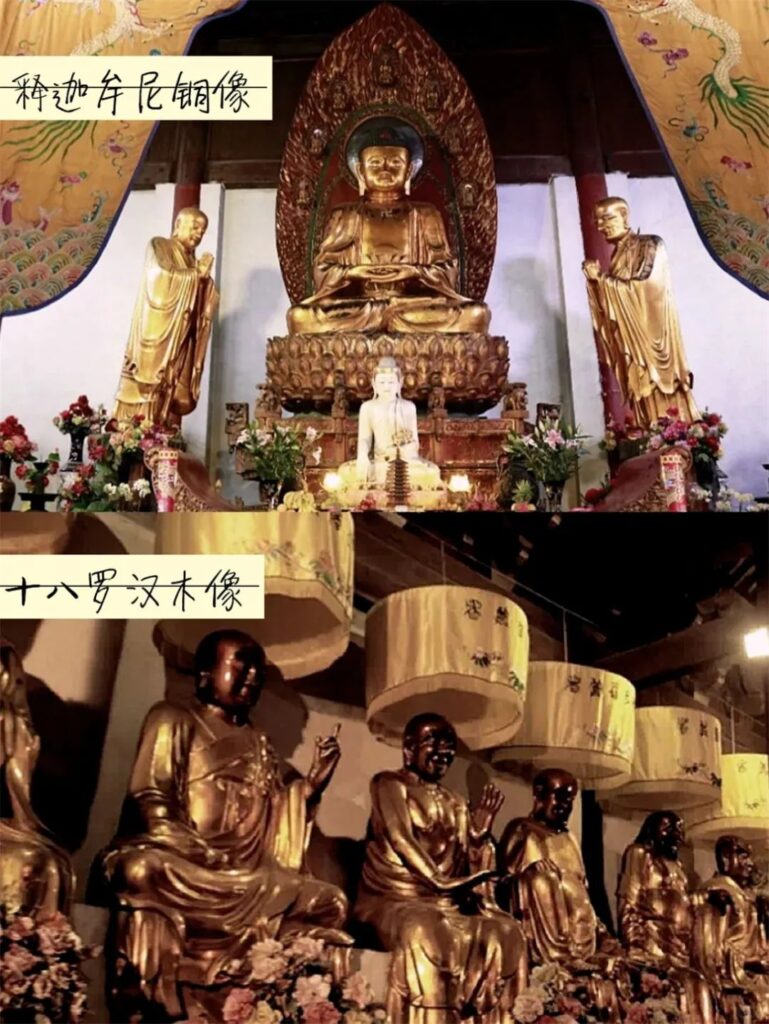
Sui Plum Tree (Sui Dynasty)
It is said that this plum tree was personally planted by Tiantai School’s Fifth Patriarch, Master Guanding. 📍 You can find it on the east side of the Mahavira Hall.

Goose Character Stele (Qing Dynasty)
Half of the goose character on this stele is the original work of Wang Xizhi, while the other half was supplemented by Tiantai’s virtuous man Cao Lunxuan. 📍 It is located on the wall at the end of the east side corridor of the Three Saints Hall.
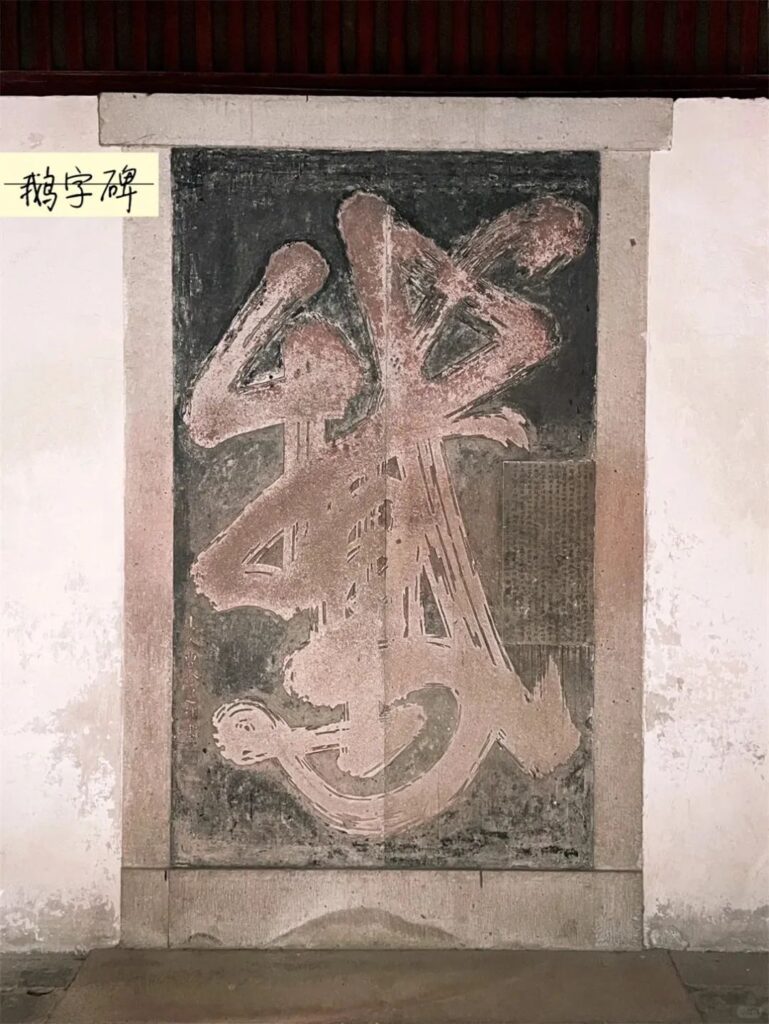
Fish Paradise (Ming Dynasty)
The name “Fish Paradise” originates from the handwriting of Ming Dynasty calligrapher Dong Qichang. 📍 It is located on the west side of the release pond, with Qingxin Pavilion behind it.
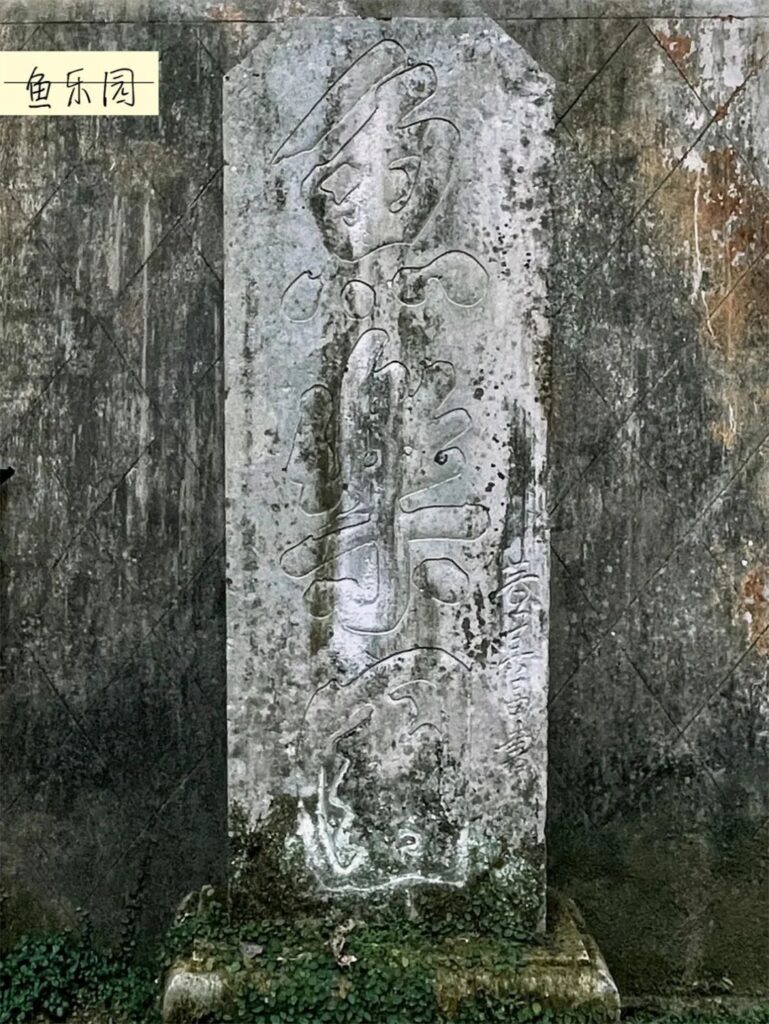
Tips
- There is a shuttle bus from the main entrance to the Seven Buddha Pagoda, 2 yuan per person.
- Remember to wear long pants and take mosquito prevention measures.
- The vegetarian meals in the temple are temporarily not open to the public.
- Stamping in Yuhua Hall costs 5 yuan each, and only cash is accepted.
- The temple’s Yiwei Tea House provides free tea and a place to rest.
Come and visit Guoqing Temple, and see this thousand-year-old ancient temple that you will surely fall in love with!
